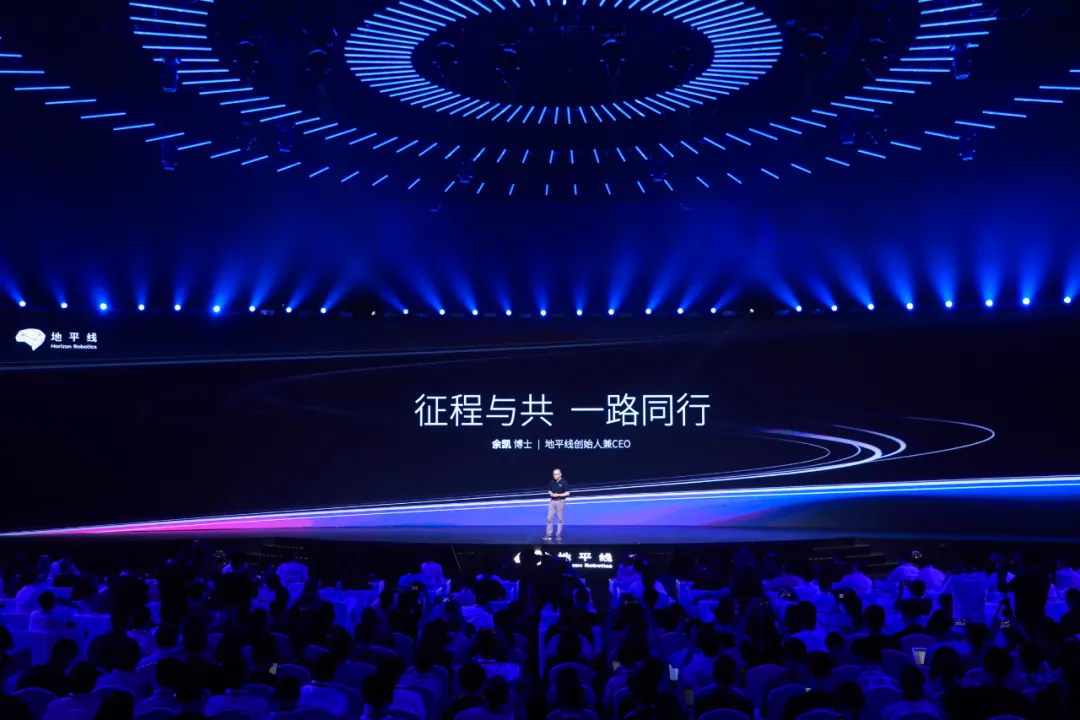Author: Chang Yan
On July 29th, it seemed to be a lucky day.
Many automotive and technology-related product launches converged on this day, including those for battery manufacturing, chip manufacturing, and phone manufacturing.
Although from a technical and attribute perspective, some of these companies lean towards software, and some towards hardware, they all know that in the current industry ecosystem, the hardest part is not to excel in one aspect, but to have a well-rounded approach.
Each company’s ultimate dream and challenge is the same – to create an ecosystem.
Surprisingly, it was Horizon Robotics which unveiled a complete ecosystem plan that day.
Actually, for many readers, Horizon Robotics is still an unfamiliar company. Apart from objective factors like being part of the supply chain, it is far from consumer awareness. In fact, Horizon Robotics’ chip has been in cars for only a short time.
I remember the first time I participated in a media briefing by Horizon Robotics, the concept of the chip lying in the window was still vague to me, and I couldn’t imagine what impact it would have on the smart automotive industry. Now, a few short years later, Horizon Robotics has been thanked by the CEO at one of the top three new energy vehicle launches and has even released the best-performing self-driving chips worldwide. That is the astonishing speed of its development.
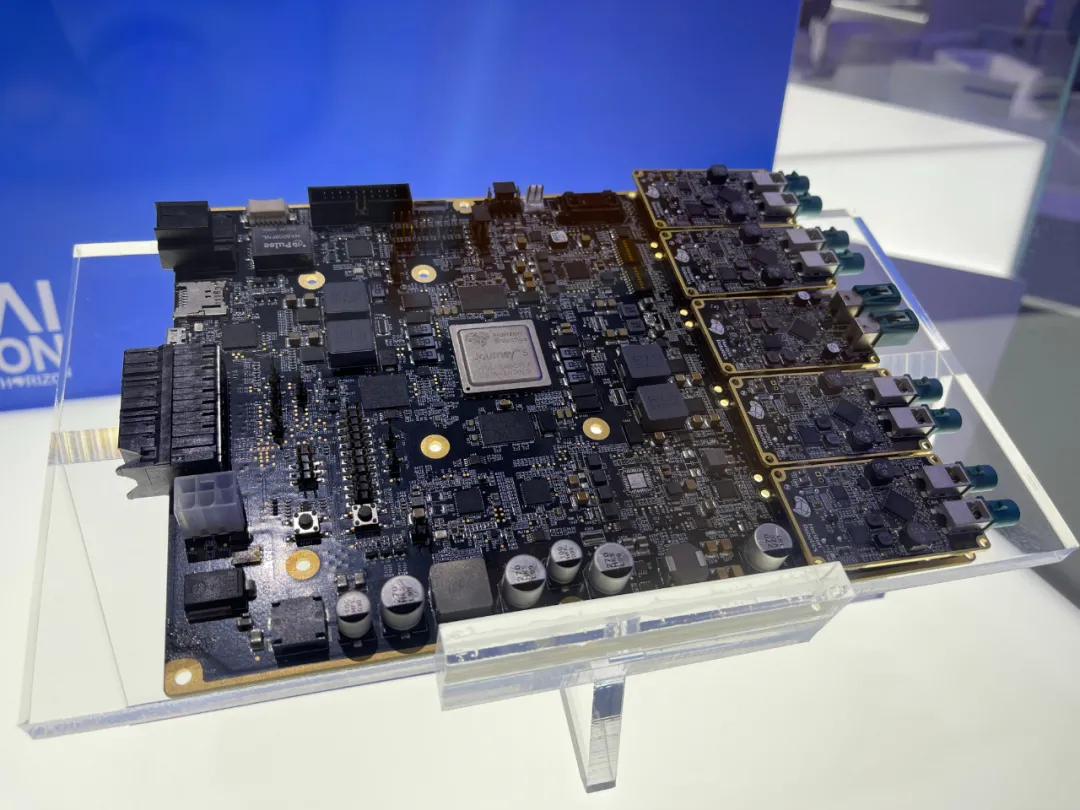
Journey 5
Chip design is at the heart of Horizon Robotics’ journey, and Journey 5 is the company’s third milestone.
Following in the footsteps of Journeys 2 and 3, Journey 5 is Horizon Robotics’ most powerful generation of AI chips with the largest iteration.
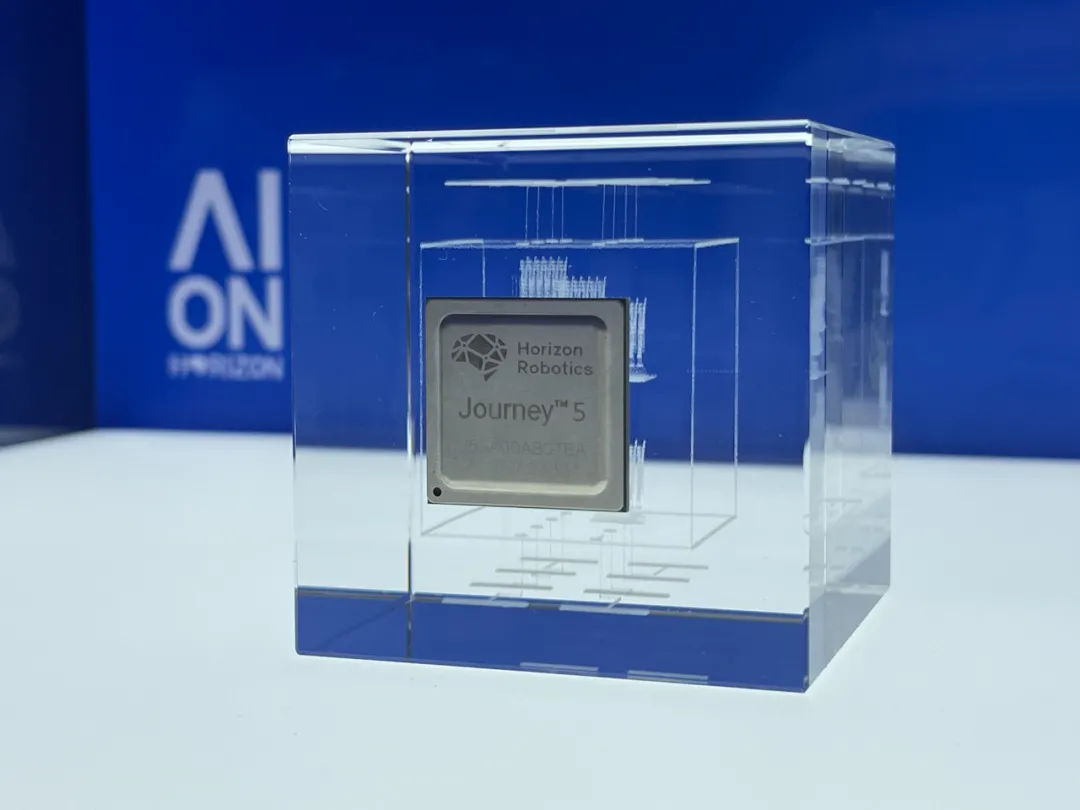
It is called an AI chip not only to showcase Horizon Robotics’ technological logic and focus, but also because, as chip performance improves and automotive electronic and electrical architecture changes, the core chip of a car will no longer focus on a single function point but may be responsible for multiple areas such as advanced autonomous driving and intelligent cockpit.
Autonomous driving chips have always been the game of a few giants. At the flurry of automotive events, the leading autonomous driving chip suppliers were usually the same, but in terms of basic performance, the other brands at the same time were often lagging behind the major suppliers.
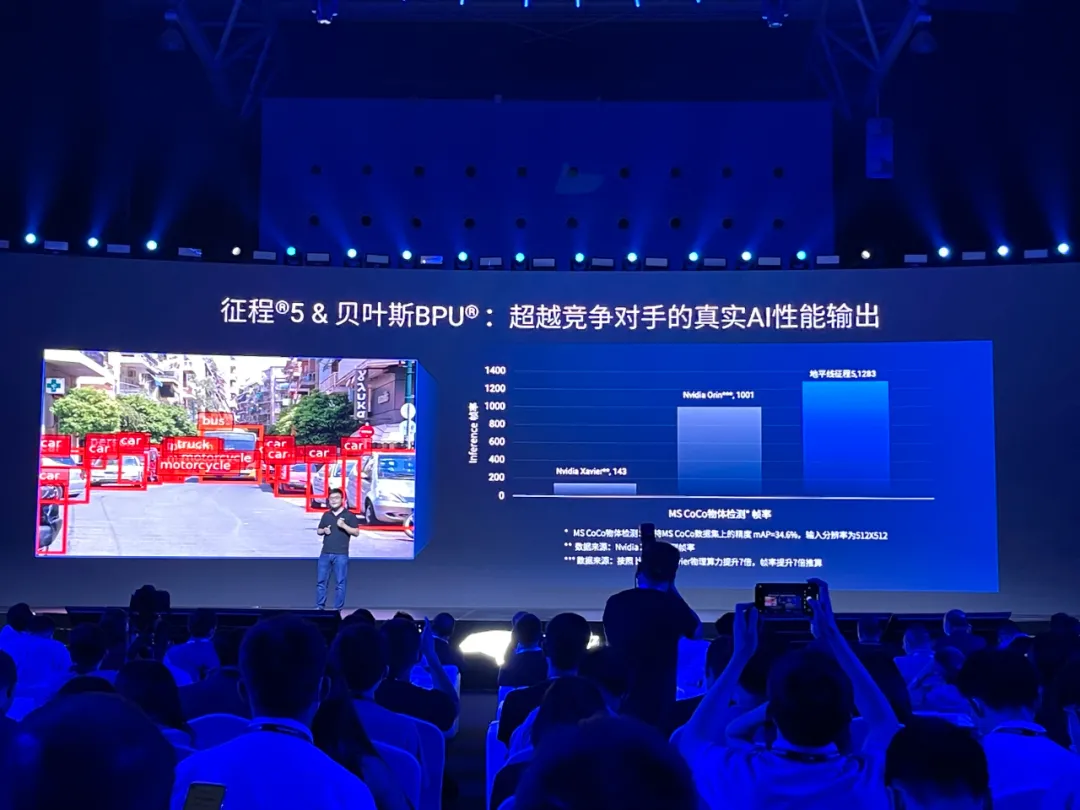
The rare release event for Journey 5 showcased an outstanding performance that surpassed competitors. In one PowerPoint slide, Horizon Robotics displayed the performance bar graph of Journey 5 compared to Nvidia’s Xavier and Orin, and even beat the next-generation flagship of Nvidia that has yet to be delivered.From the chip specifications, the Journey 5 chip has achieved a computing power of 128 TOPS, and can achieve a calculation performance of 1283 FPS under the Coco algorithm test. In terms of other parameters, the Journey 5 has a low latency of 60 milliseconds, 30W of low power consumption, and high security, making the value of the chip more perfect and easier to deploy.
Last year, the industry was amazed by the 1000 TOPS data, and autonomous driving seemed within reach with the help of high-performance chips. It is hard to imagine that this can already be easily achieved on domestically-produced chips.
On-site, Horizon demonstrated the Matrix 5, a full-scenario intelligent driving solution computing platform based on Journey 5. Each platform uses four Journey 5 chips, achieving a computing power of 512 TOPS. Using two Matrix 5 on the same vehicle can achieve an astonishing 1024 TOPS computing power, which can support Level 4 autonomous driving.
From an interface perspective, Matrix 5 can support 48GMSL2 camera input channels, and can support the highest access of multiple 8MP @ 30fps, multiple millimeter-wave radars, 4D imaging radars, lidars, ultrasonic and microphone array, also it is the industry’s highest level.
For autonomous driving chips, achieving performance is only the first step. The more difficult task is not to delay and to gain industry support. Unlike many futures products, Journey 5 has completed a large number of hardware products based on reference designs with its partners on the basis of successful chip fabrication. Currently, the prototype of the visual perception algorithm based on the Journey 5 has also been successfully completed, achieving the perception of multiple cameras, the deployment of end-to-end models, and iterative learning, training, and deployment from data annotation to model.
If you watched the live broadcast of Horizon’s launch event, you may be impressed by the focus on partner introductions, which took up half of the two-hour event. But this was achieved through highly practical and comprehensive market support.
On More Thing
If it’s not particularly important, few manufacturers will unveil One More Thing at their launch events.The unexpected happened.
To my surprise, a chip manufacturer created an operating system named TogetherOS. It is a real-time vehicular operating system built by Horizon based on the seL4 secure microkernel architecture. Following the trend of today’s technology giants, Horizon announced that TogetherOS will be open source, and all intelligent automobile industry ecology partners can work together to build an open ecological environment for vehicular OS.
From the introduction, TogetherOS is a feature-rich operating system that can support vehicular applications such as autonomous driving, intelligent interaction, intelligent network connection, and intelligent vehicle control. At the same time, based on Horizon’s chip performance, TogetherOS can carry Linux, Android and other operating systems via virtualization, meeting the needs of different functional domains of vehicular operating systems; and it can also support application scenarios with both simple and complex multi-core based on the highly flexible and scalable OS architecture.
Currently, smart automobiles are transitioning towards domain-centric architectures and centralised vehicular SoC platforms, and TogetherOS is ready for this change.
In the past, automotive companies created and operated dissimilar vehicular operating systems, leading to the redundancy of features and functions, and causing high learning costs for the car owners. Upgrades, when done, were on an infrequent basis. This time, a company is willing to lead the creation and development of a modern, efficient, and open-source operating system, in the hopes of providing a different software experience.
Horizon Matrix SuperDrive
This year, Tesla’s FSD demo video continued to be the talk of the town, whilst domestic autonomous driving manufacturers including Huawei also showed their worth, distributing advanced driving assistance functions within cities, and the industry generally believes that this expansion will take place significantly next year.
For Horizon, with the foundation of hardware, corresponding software and algorithms, there is the possibility of forming an autonomous driving ecosystem and a complete vehicle intelligence ecosystem. Horizon has another term, called human-vehicle co-driving.# Horizon Matrix SuperDrive
Horizon Matrix SuperDrive integrates the complete scenarios of intelligent vehicles, including fully autonomous driving and in-car and out-of-car interconnectivity. Based on Journey 5 and equipped with 47 sensors that complement each other, it can meet the requirements of high-speed driving, urban driving, parking, and intelligent human-machine interaction.

In addition to autonomous driving, this solution can actively intervene based on external road conditions and internal driver status, or dynamically adjust driving strategies based on in-car scene perception and understanding. In layman’s terms, it can proactively understand drivers’ needs and automatically turn on and off various functions for use in intelligent cabins.
Returning to the field of autonomous driving, at the press conference, Horizon demonstrated the progress of this solution in several aspects, including forward perception, 360-degree visual perception, full autonomous driving, multi-sensor fusion, positioning decision-making planning, and multi-mode perception.
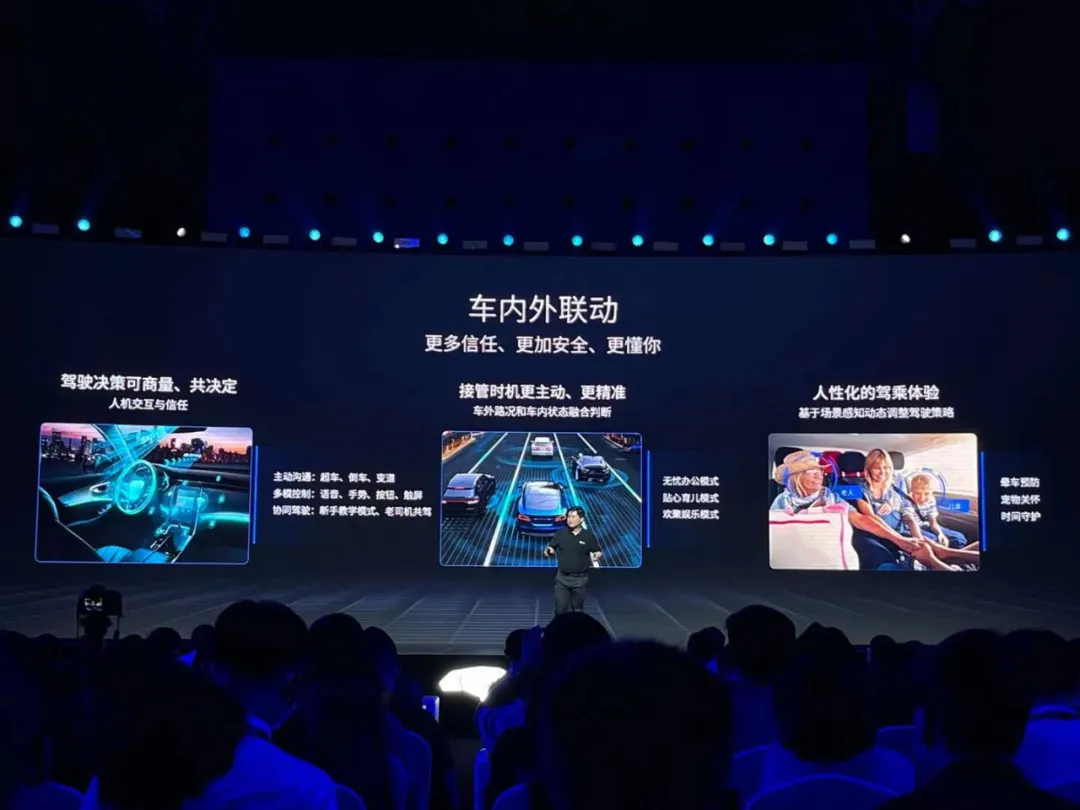
Overall, this solution is expected to significantly reduce the cost of L4 autonomous driving. Not only is its primary perception logic based on visual solutions, but it also requires only six cameras (one front, one rear, and four surround) to support all functions.
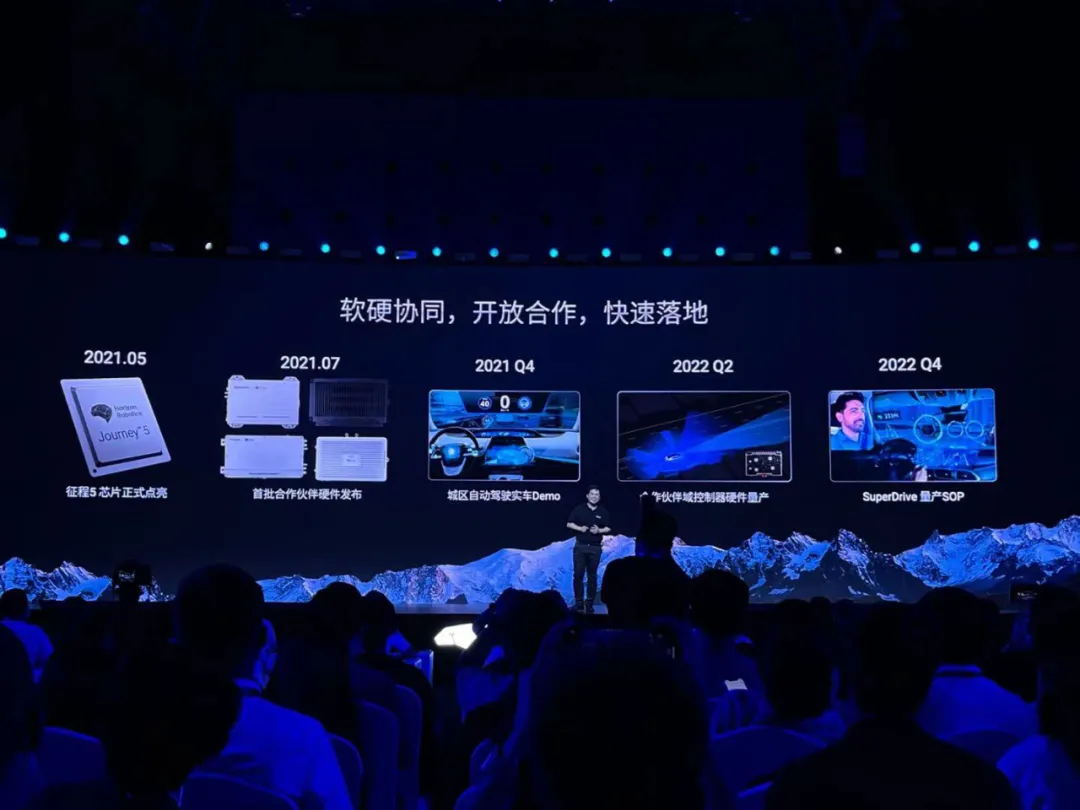
This solution will provide Demo demonstrations in Q4 2021 and SOP mass production capabilities in Q4 2022. These two time points are not only conducive to manufacturers currently lacking advanced autonomous driving capabilities to catch up with the industry level, but also likely to appear early on some entry-level models in urban advanced driving assistance.
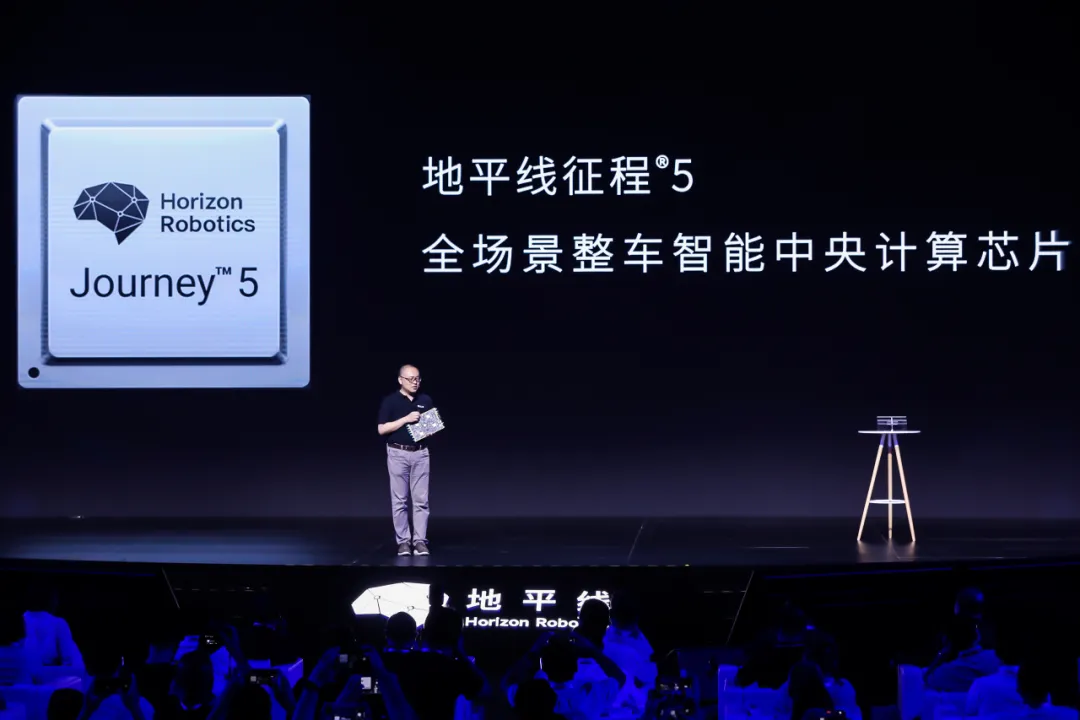
During the press conference, Horizon founder Yu Kai stated that “Horizon does not do mass-produced hardware, bundle software, or closed solutions.” Although Horizon has built a deep safety barrier with technology, it still knows that the rebuilt order cannot be only completed by one person. Openness, acceptance, and courage to enter a new life are critical.
July 29th, probably many people fell in love with it.
This article is a translation by ChatGPT of a Chinese report from 42HOW. If you have any questions about it, please email bd@42how.com.
